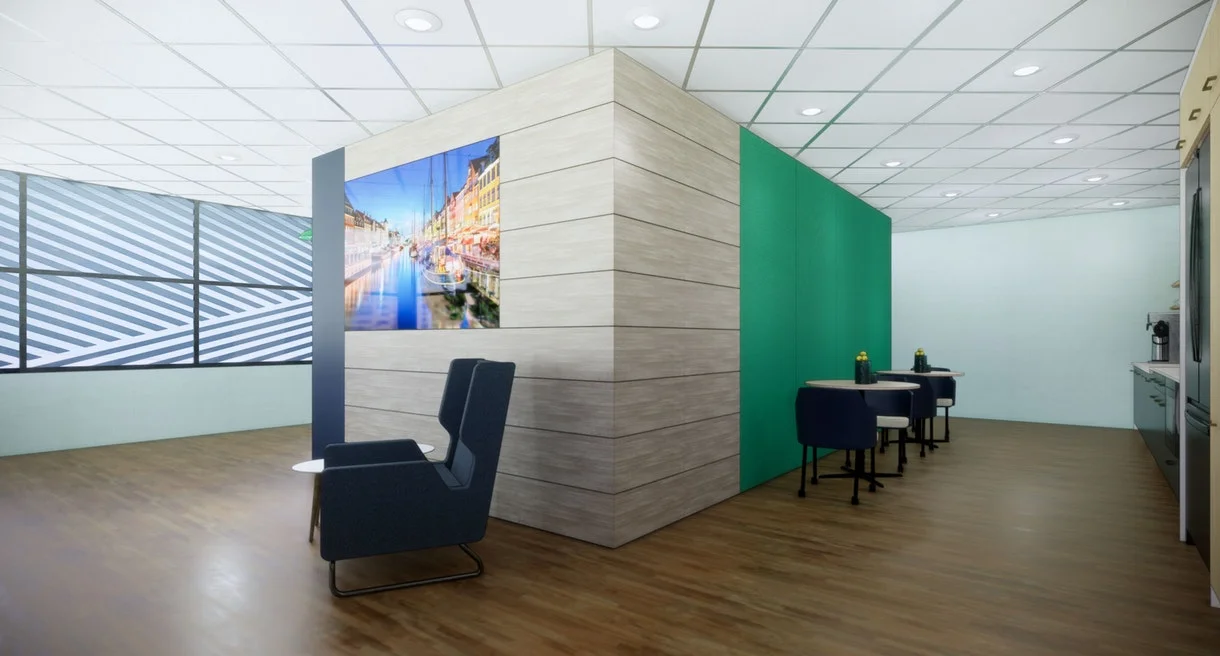Mogens Smed is a legend in the world of creating space within space. He is also a legend at thumbing his nose at the establishment. He built and sold his namesake company SMED International to Haworth, and on the day his non-compete expired founded DIRTT, which cheekily stands for Doing It Right This Time. He built it into one of the largest demountable wall makers in the world before being unceremoniously forced out from it last year.
At a time when most executives would hang it up and relax on a warm beach, Smed is back at it, once again creating a brand that is sure to cause a buzz in the industry and has infuriated the leadership of his former company. Smed promises his new company, Falk Built Technologies, will be “the electric vehicle of the construction industry.”
In early 2018, Smed, the longtime CEO and public face of DIRTT, was moved into the role of executive chairman. Last September, the company terminated his employment.
“We start shipping in September,” said Smed from Falk Built's headquarters in Calgary where 117 employees are hard at work (including 42 from DIRTT, which DIRTT claims were poached by their former leader). Falk already has a backlog of $40 million for its products that will delineate space but are different from anything else on the market. The biggest difference is the way Falk goes to market targeting the construction industry, not interior designers and architects. It is a construction product, not an interiors product, Smed said. Falk isn't a competitor to DIRTT, it is the evolution of it.
DIRTT was the first digital modular construction company — using its ICE software system to control everything from the layout of the demountable wall products to their construction in the company's state-of-the-art Calgary factory. Falk promises to be the first digital component construction company. There is an important practical (and legal) difference.
DIRTT was known for digital modular construction where walls, cabinets and other products are assembled in a factory. This is far less expensive than assembling raw materials on site, and because the factory is a controlled environment, there is superior quality. It also reduces labor and waste removal costs and sees more efficient use of materials. But, Smed believes, there are obstacles. Big factories are expensive to build. Overhead, escalating freight rates and onsite labor rates for installation, along with increasing commodity costs all hurt the competitiveness of digital modular construction. Further, the whole concept of modular is contrary to the standard practices of the construction industry, architects and designers.
Smed and his team of salespeople at DIRTT spent much of their time trying to win over this skeptical group.
“This is where Falk and Digital Component Construction come in,” according to the company. “Falk's solution follows the identical process as conventional construction, but far more efficiently and cost effectively. Instead of different materials being delivered to (the) site on different trucks — two by fours one day, sheets of drywall a week later — Falk delivers all the precisely manufactured construction components on the same truck, the same day.”


